Balitraveldiary.com – Dancing culture has become an inseparable part of Balinese life. Dance not only serves as entertainment, but is a complement in various religious rituals and some are even positioned as rituals themselves. Among the dances that exist in Balinese life, there is one type of dance that is identical as the dance of men, which is line dance. This dance is usually the first dance taught to every boy in Bali before they grow up.
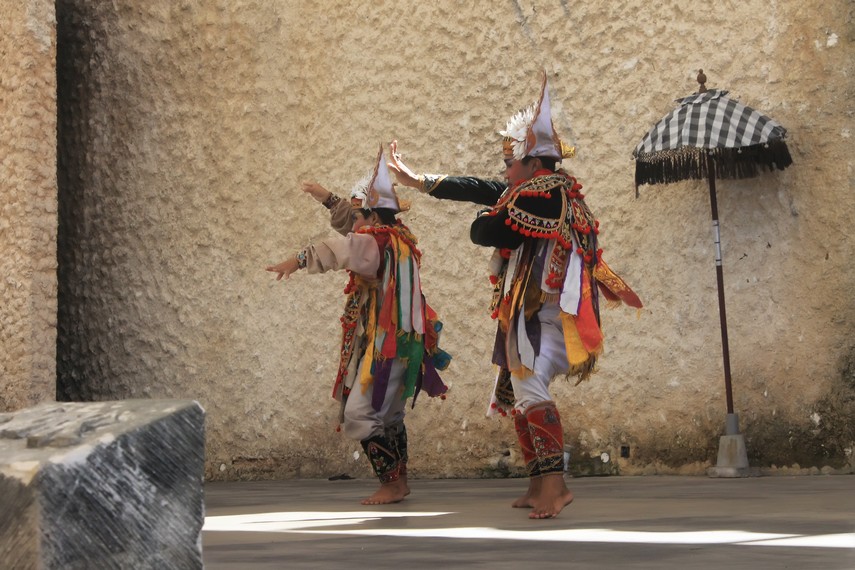
According to historical records, line dance is thought to have existed in the mid-16th century. This assumption is based on information contained in the Sundanese Song, estimated to originate from 1550 AD. In the manuscript, there is information about the existence of seven types of line dance that were performed at the cremation ceremony in East Java.
In addition, there is also information that at the beginning of its appearance, line dance was part of religious rituals at that time. Types of line dance associated with religious rituals are called ceremonial line dance or big row dance. This type of line dance is performed in groups by eight to 40 people, with various complementary pieces of traditional weapons that vary depending on the regional origin of each dance.
During its development, around the 19th century, a new variant of row dance emerged, namely single row dance. Single row dance is a non-sacred dance that is staged as a people’s entertainment. Single row dance is performed by 1-2 dancers and is characterized by the dancers’ more energetic movements and more colorful outfits.
Visually, row dance can be characterized by the clothing used by dancers. The dancers, who are all male, use a triangle-shaped crown adorned with seashells lined vertically at the top. In addition, the dancer’s body is wrapped in a colorful costume that looks loose, dangles down, and rests on the shoulders. This costume or outfit will expand when the dancer makes a circular motion on one leg, giving a dramatic effect in the choreography that is delivered.
The movements in the line dance tell the strength of the Balinese soldiers in the past. Both dancers shoulders are raised to almost ear level. Both arms are almost always in a horizontal position with firm motion. Another distinctive movement in the line dance is the delicacy or the delicacy of the dancer’s eye which is constantly changing. This motion illustrates the nature of the soldiers who are always aware of the situation around them.
Visit too: Hello Indonesia Tandok Dance, Tradition in an art

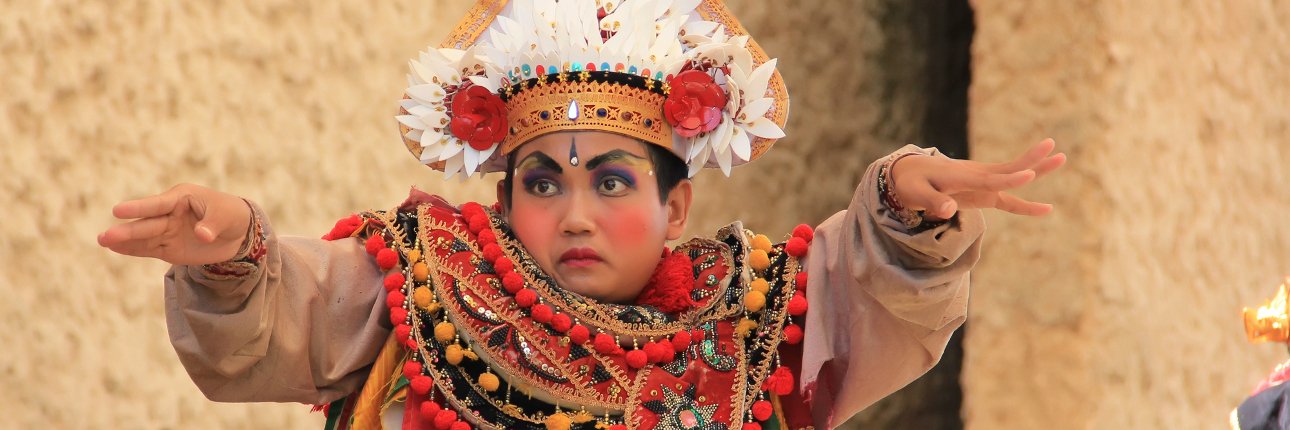











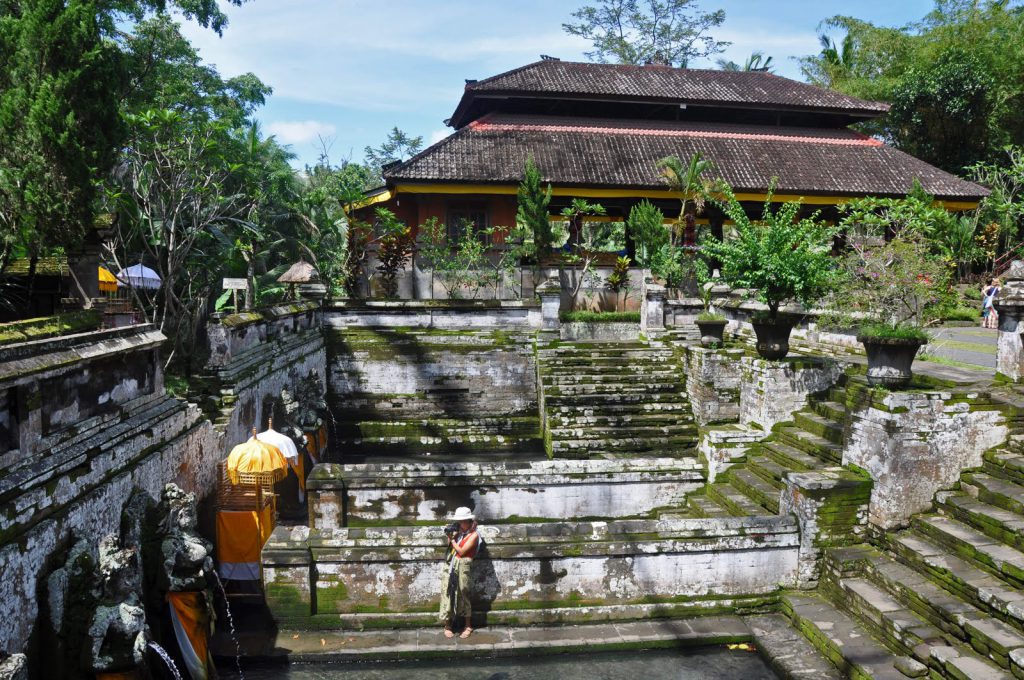



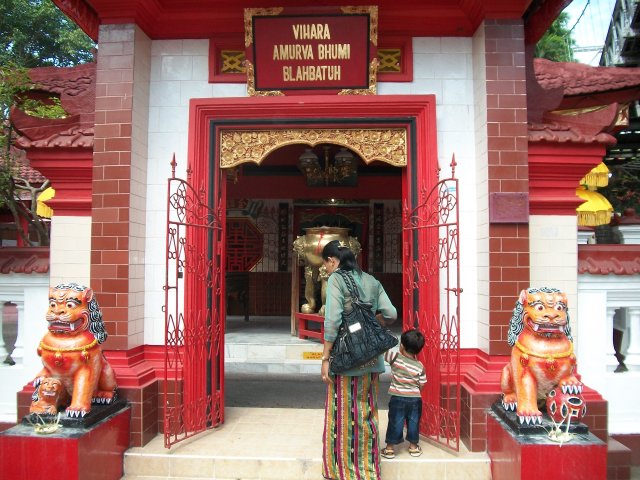





































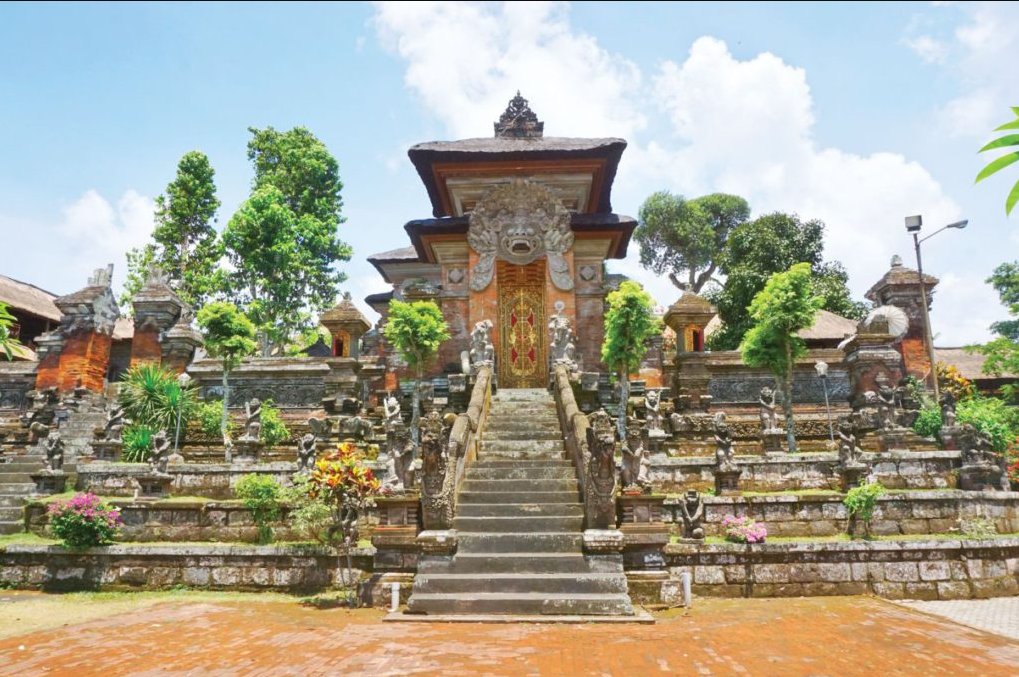




























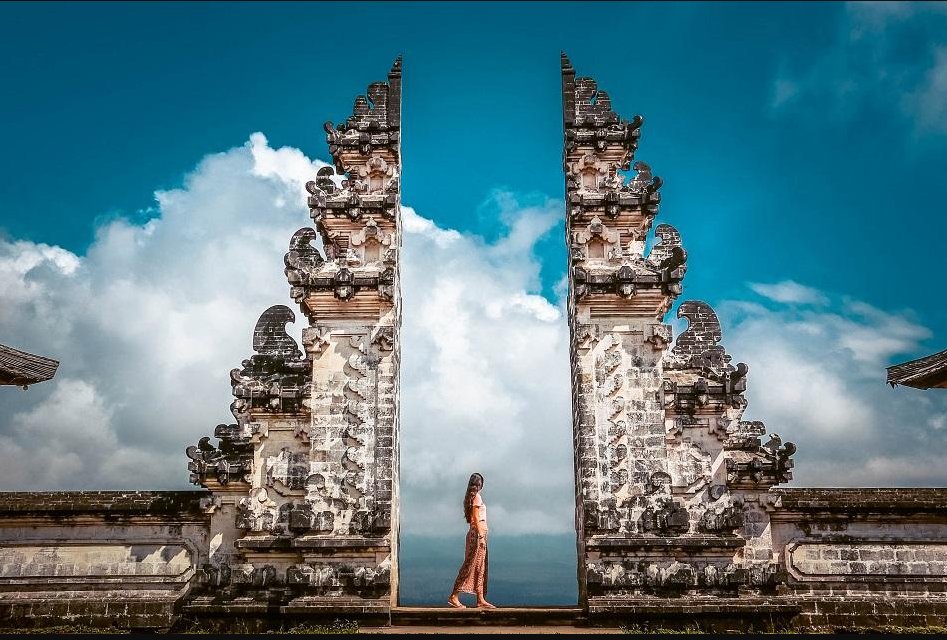
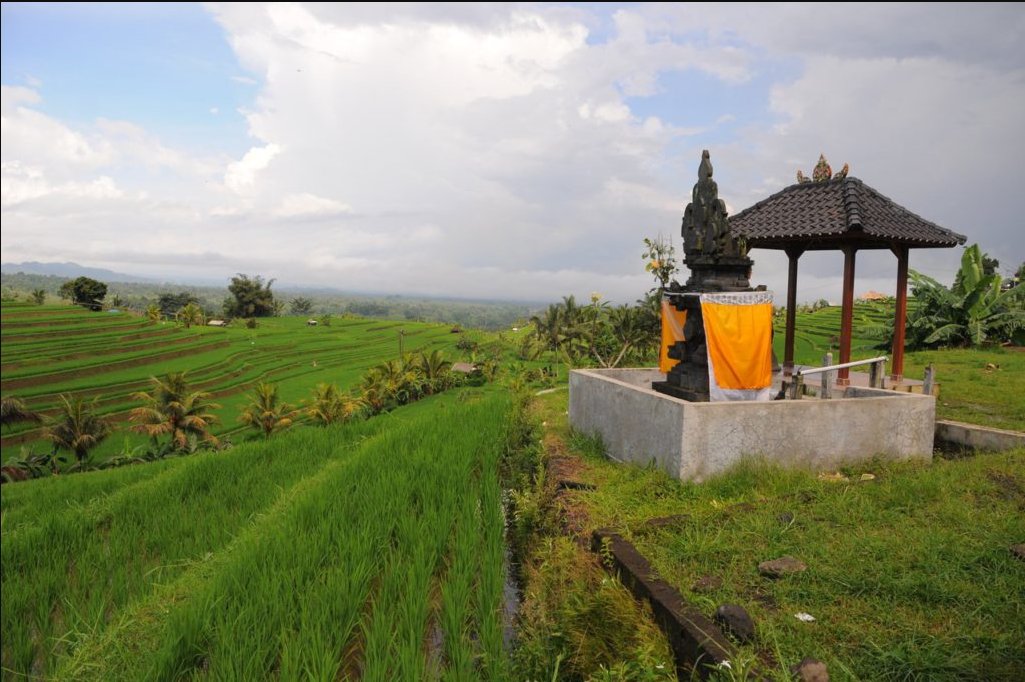

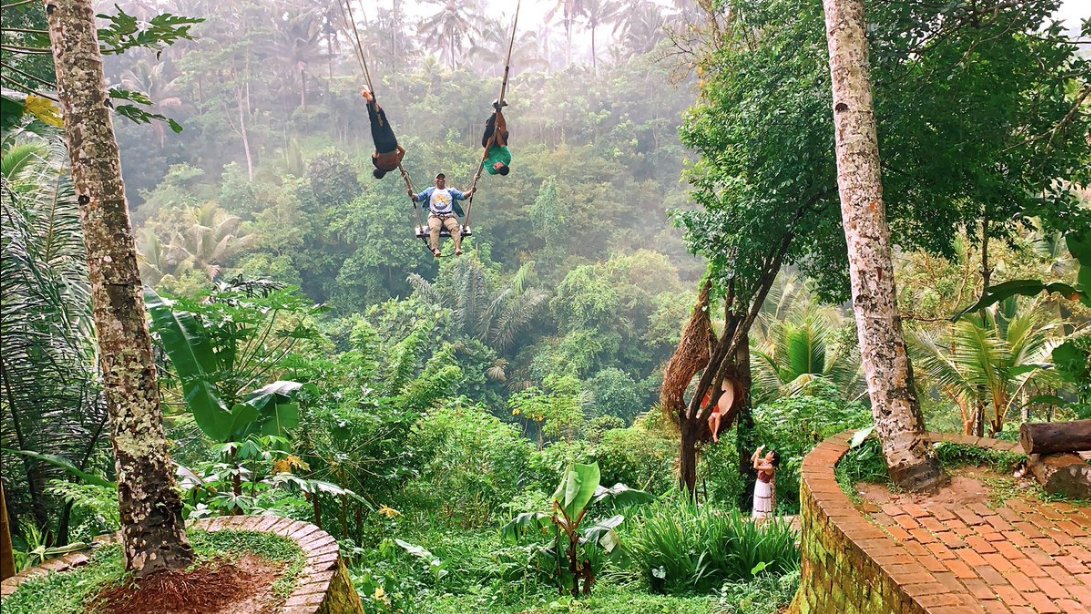
















































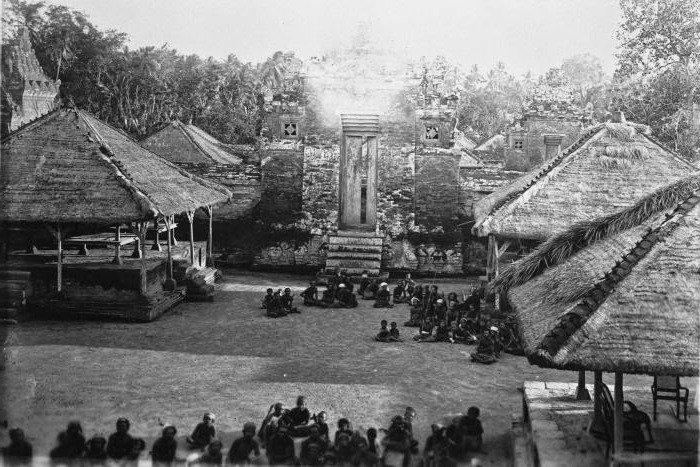








































































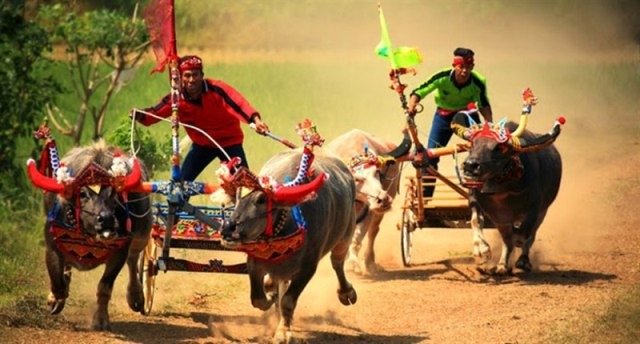
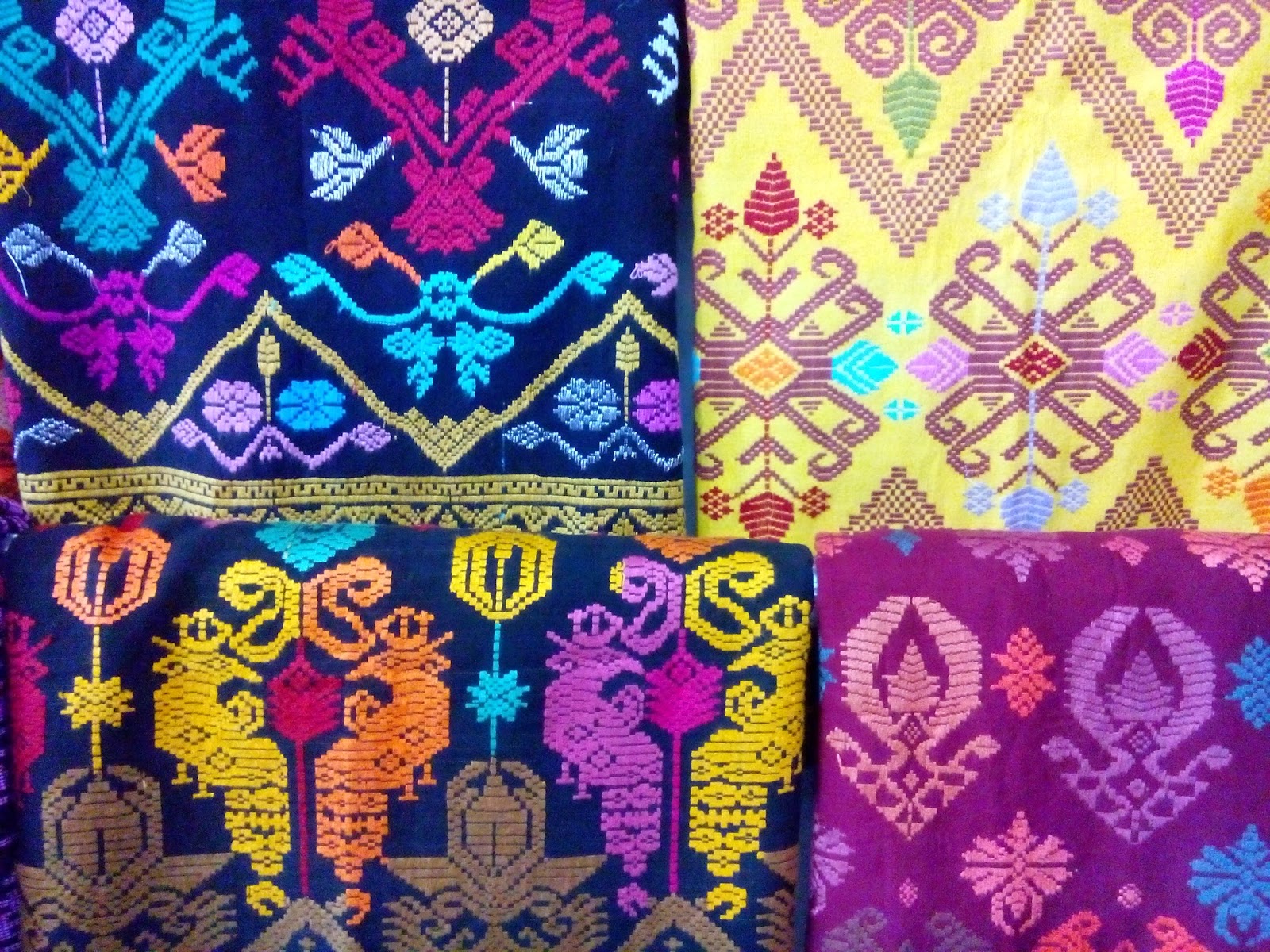

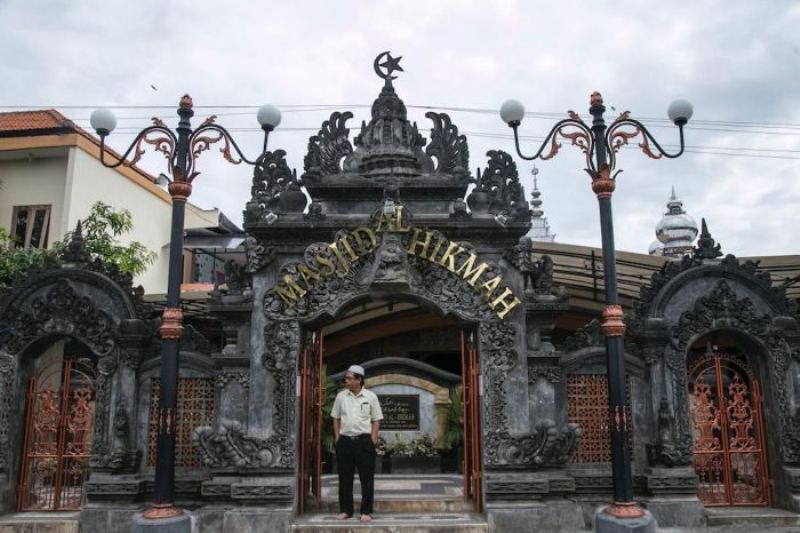













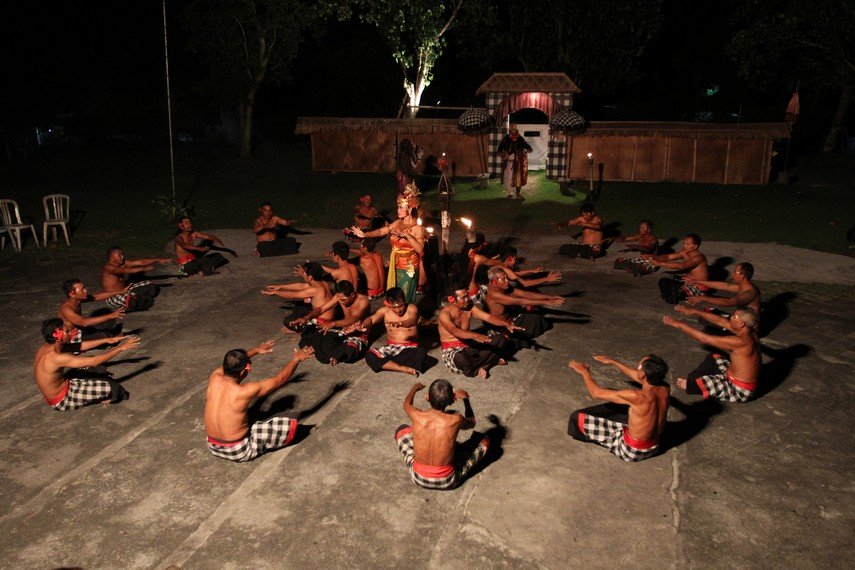










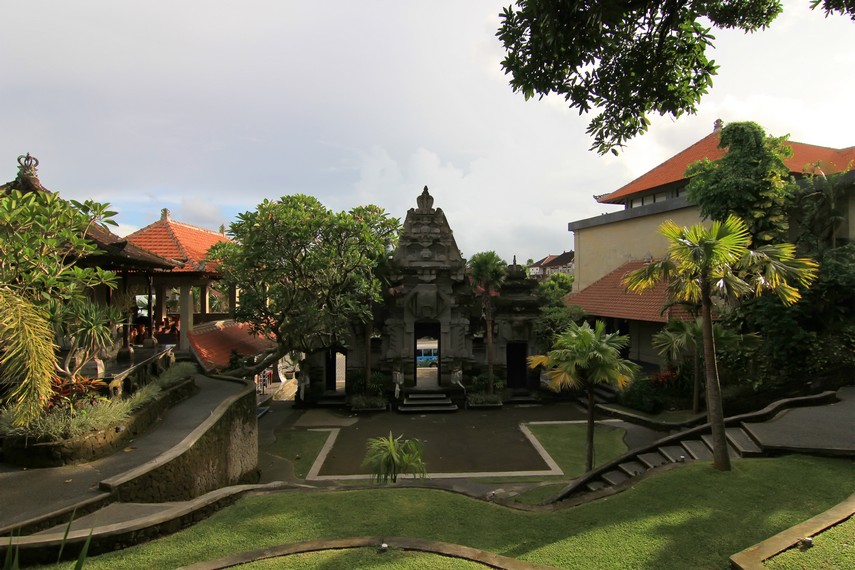

















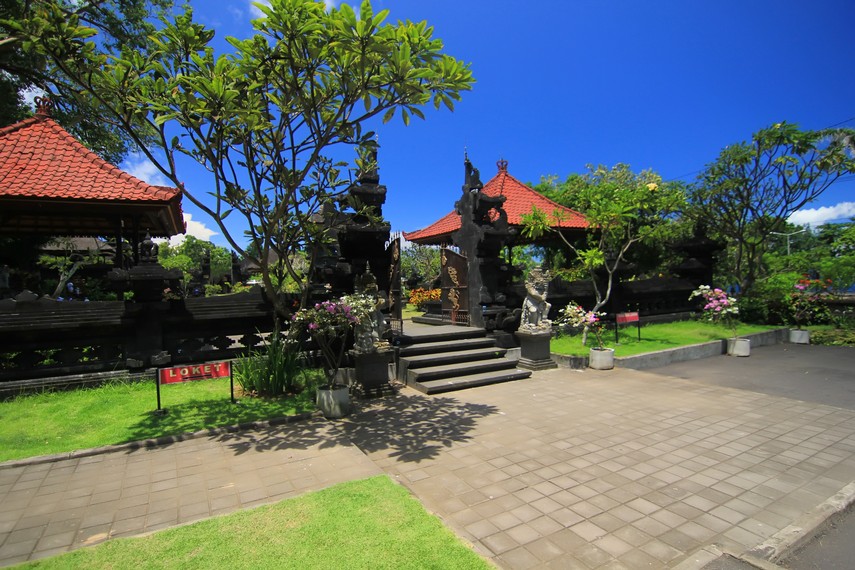

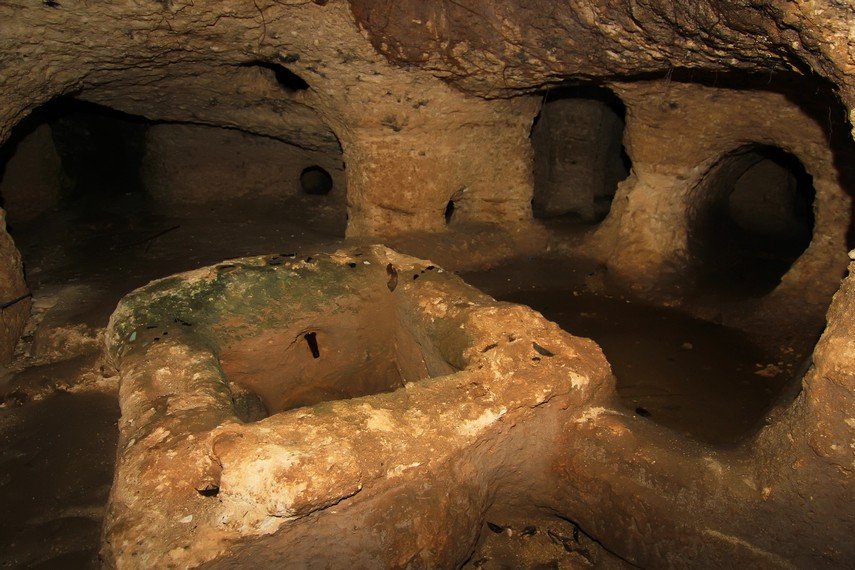




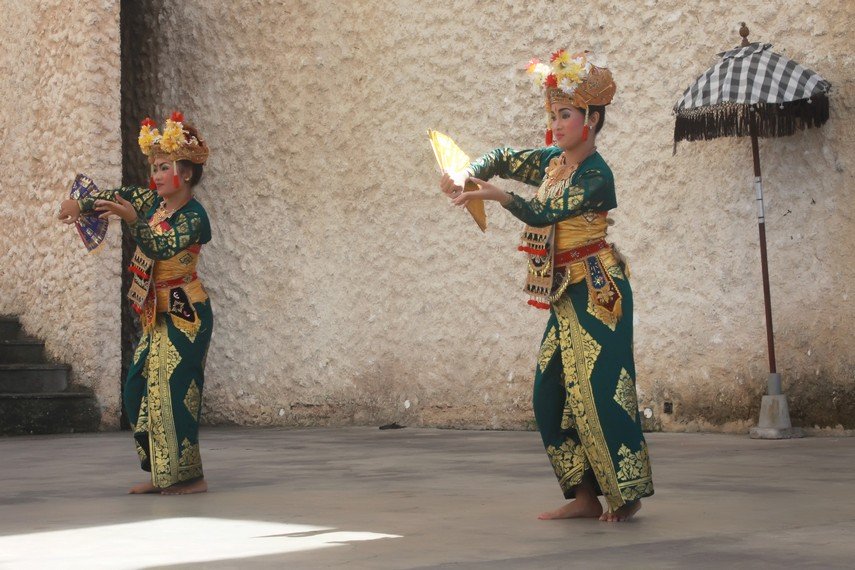



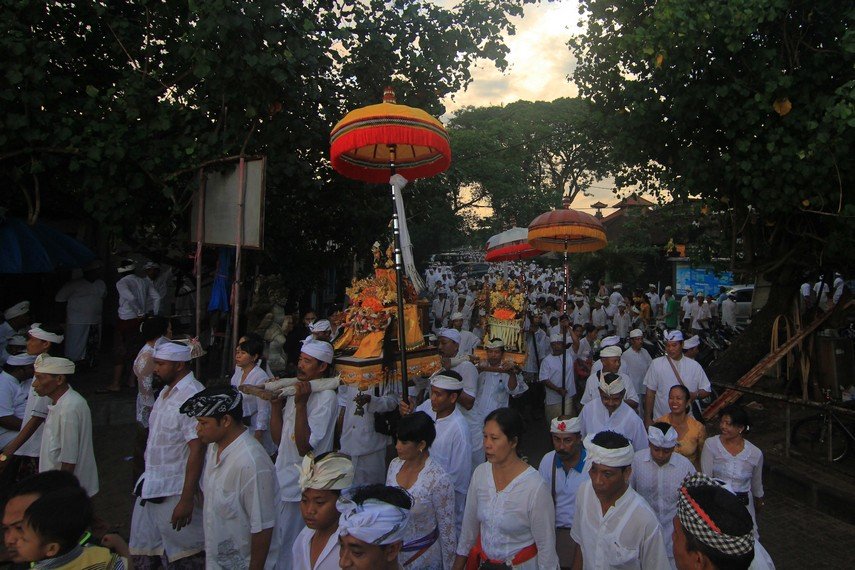




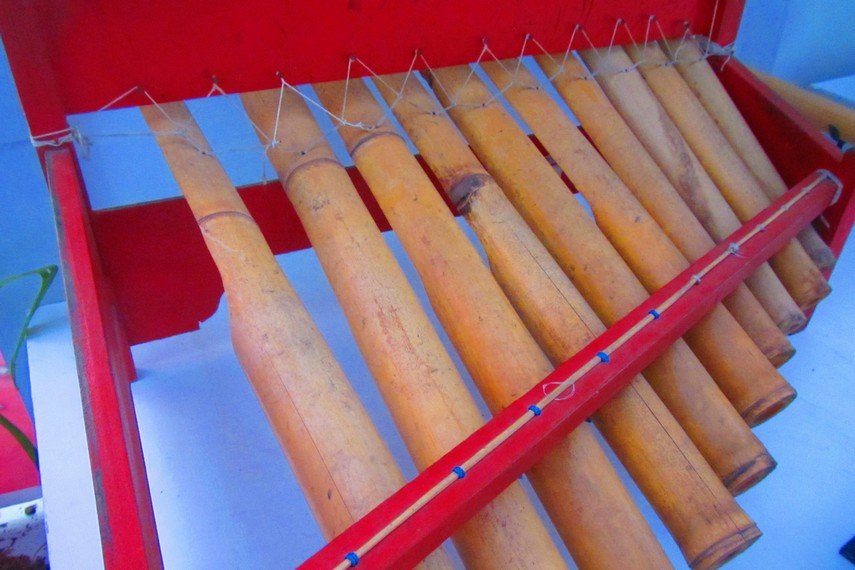








0